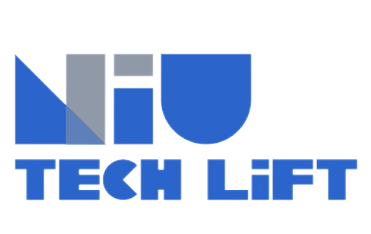Why Do Elevators Have Mirrors? More Than Meets the Eye
Have you ever found yourself staring into the mirror while waiting for the elevator doors to open? Maybe you adjusted your collar, checked your hairstyle, or simply passed the time. While it may seem like just a decorative touch, the mirror inside an elevator actually serves multiple important functions—ranging from psychology to safety, accessibility, and design.

Solving Elevator Challenges for Africa's High Temperatures and Power Shortages
Power consumption per capita in Sub-Saharan Africa remains far below global averages, with nearly 600 million people living without electricity. Frequent weekly blackouts plague urban areas. When high-profile figures repeatedly make headlines after being trapped in elevators during power outages, Africa's power infrastructure gap has become a critical threat to vertical transportation.

Elevating Faith and Inclusion: A Global Perspective on Mosque Accessibility Design
At Indonesia’s Jami’ Al-Hurriyah Mosque, the sloping roof forms a symbolic representation of "Allah," yet more profound than its architectural beauty is its unwalled courtyard and multi-level stair-seating. This passively designed sacred space embeds community interaction into its spiritual DNA. When elderly Muslims approach the prayer hall in wheelchairs, a critical question emerges: How can vertical mobility become a bridge connecting faith and equality, rather than a barrier to devotion?

AI + Green Elevators: The Technological Revolution of Predictive Maintenance Reducing Energy Consumption by 30%
The energy consumption cost throughout an elevator's lifecycle far exceeds its initial purchase price. Traditional maintenance methods fail to capture equipment status in real-time, leading to energy waste. A factory deployed an AI predictive maintenance system for vacuum pump equipment, achieving 24/7 monitoring, saving ¥1.2 million in annual maintenance costs, and significantly reducing unplanned downtime. Its energy-saving mechanism relies on three technical layers:

Those Elevator Designs Quietly Transforming Urban Life
In the fast-paced rhythm of today’s cities, some transformations are loud and visible—skyscrapers rising, subways expanding—but others work quietly in the background, shaping lives floor by floor. One such force? Elevators.






